Elevate Your Home: Multi Level Deck Modern Rustic Inspiration
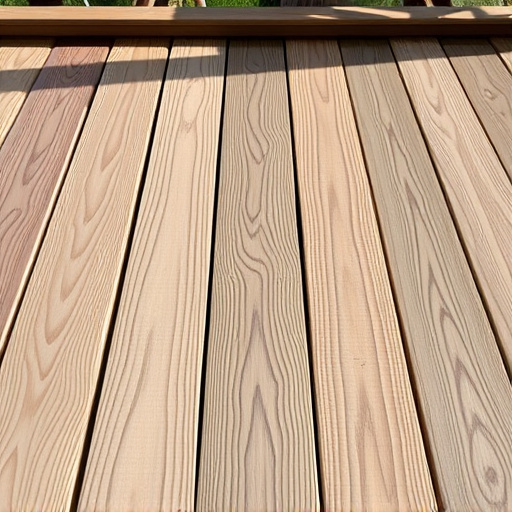
A multi-level deck is a versatile design element blending rustic charm and modern aesthetics. Crafte…….
Welcome to an in-depth exploration of a concept that has gained significant traction and importance across various sectors: the multi-level deck. This article aims to guide readers through the intricate world of multi-level decks, offering a comprehensive understanding of their structure, impact, and potential. By the end, you will grasp why this design element is not just a trend but a transformative force in architecture, urban planning, and beyond.
A multi-level deck refers to a structural feature that creates multiple elevated or terraced levels within a limited horizontal space. This innovative approach has revolutionized how we utilize and design outdoor spaces, buildings, and even entire urban areas. From residential complexes to public parks, the multi-level deck is a versatile tool that promises efficiency, aesthetics, and enhanced functionality.
At its essence, a multi-level deck is a sophisticated form of spatial organization where vertical layers are incorporated into a deck or terrace design. It involves creating distinct levels, each offering its own unique function and aesthetic appeal. The core components include:
Decks: These are the elevated platforms that serve as the primary living or functional spaces. Decks can vary in size, shape, and material, from wooden planks to glass-topped structures.
Support Structures: These are the framework of columns, beams, and joists that hold up each level. They must be designed with precision to ensure structural integrity while allowing for creative spatial configurations.
Staircases/Ramps: Accessing different levels becomes seamless with staircases or ramps, which can be incorporated into the design as an aesthetic element or functional requirement.
The concept of multi-level decks has deep historical roots, dating back to ancient times when humans sought ways to adapt limited spaces. However, its modern evolution is a product of the 20th century’s architectural and urban planning movements. Here’s a brief journey:
Early Beginnings: In ancient Rome, multi-story buildings with terraced gardens were not uncommon. These early examples laid the foundation for future innovations.
Mid-Century Modernism: The mid-20th century saw a surge in modern architecture that embraced open spaces and natural elements. Architects began experimenting with elevated platforms, leading to the early forms of multi-level decks.
Contemporary Expansion: Starting from the late 1980s, as urban areas faced space constraints, multi-level decks gained prominence. They offered a solution for maximizing vertical space while providing outdoor living areas and enhancing urban aesthetics.
The global adoption of multi-level decks is a testament to their versatility and appeal. Each region has interpreted this design concept in unique ways, leading to diverse applications:
| Region | Popular Styles/Trends | Notable Examples |
|---|---|---|
| North America | Minimalist, modern designs with glass rails; integration of outdoor kitchens. | High-rise apartments with green roofs; multi-level decks in suburban homes. |
| Europe | Industrial aesthetics with exposed beams; use of natural materials like wood and stone. | Terrace gardens on historic buildings; rooftop bars with multiple levels. |
| Asia | Fusing traditional and modern, incorporating local elements; focus on privacy. | Elevated platforms in Japanese gardens; multi-level decks with screened-in areas in Southeast Asia. |
| Australia/New Zealand | Resort-style living with pools and outdoor entertainment areas. | Beachfront homes with multi-decked terraces; urban lofts with vertical green spaces. |
Multi-level decks have left an indelible mark on urban planning, especially in dense cities where space is a luxury. They contribute to:
Spatial Efficiency: By utilizing vertical space, these decks allow for more housing units or commercial spaces per square foot of land.
Aesthetic Diversity: Cities like Singapore and Hong Kong have embraced multi-level decks to create vibrant urban landscapes, blending modern architecture with traditional elements.
Green Initiatives: Many cities are promoting green roofs and vertical gardens as part of sustainable urban development, a trend that multi-level decks support.
The global market for outdoor living spaces, including multi-level decks, has experienced significant growth in recent years. This trend is driven by several economic factors:
Real Estate Demand: With urbanization on the rise, there’s a constant need for housing solutions that maximize space, making multi-level decks attractive to developers and homeowners alike.
Outdoor Living Trend: The pandemic has accelerated the shift towards outdoor spaces as people seek more natural settings for leisure and entertainment. This trend is reflected in investment patterns.
Home Improvement: In many regions, home improvement projects have seen a surge, with deck installations ranking high on the list of popular upgrades.
The economic impact of multi-level decks extends beyond individual properties:
Property Values: Well-designed multi-level decks can increase property values, especially in desirable locations. According to a 2021 study, homes with outdoor living spaces like decks can sell for up to 15% more.
Tourism and Hospitality: In tourist hotspots, multi-level decks transform hotels and resorts into destinations, attracting travelers seeking unique experiences.
Investment Potential: Real estate investors are increasingly targeting properties with outdoor amenities, including multi-level decks, recognizing their potential for rental income and capital appreciation.
Technology has played a pivotal role in advancing multi-level deck design and functionality:
Smart Home Integration: IoT (Internet of Things) devices can control lighting, temperature, and security on decks, enhancing user experience. For instance, smart sensors can adjust lighting based on occupancy and time of day.
Automated Systems: Motorized screens, sunshades, and retractable roofs are now common, allowing users to customize their deck environment at the touch of a button.
Digital Design Tools: Advanced CAD (Computer-Aided Design) software enables architects and designers to create intricate multi-level deck plans, ensuring structural integrity and aesthetic appeal.
The future of multi-level decks is poised for even greater technological integration:
Sustainable Materials: As environmental consciousness grows, there’s a shift towards using eco-friendly materials like bamboo, recycled plastic, and composite decking.
Energy Efficiency: Solar panels integrated into deck surfaces can power lighting and other amenities, making multi-level decks more sustainable.
Interactive Experiences: Augmented reality (AR) and virtual reality (VR) could offer immersive experiences on decks, transforming them into entertainment hubs.
The development of multi-level decks is subject to various policies and regulations that vary by region. These guidelines ensure safety, structural integrity, and compliance with urban planning standards:
Building Codes: Local building codes dictate dimensions, load-bearing capacity, and material specifications for deck construction. Compliance is mandatory.
Zoning Regulations: Zoning laws control the height and number of levels permitted in specific areas, influencing deck design and placement.
Fire Safety: Strict regulations govern fire safety, including the use of flame-retardant materials and proper spacing between decks.
To streamline development and ensure quality, several countries have implemented best practices:
Permitting Processes: Simplified permitting procedures for multi-level deck installations can expedite construction, benefiting both developers and homeowners.
Safety Standards: Regular inspections and adherence to safety standards are mandatory in many places, ensuring decks meet structural and fire safety requirements.
Design Guidelines: Some cities provide design guidelines to preserve aesthetic values while allowing innovation, ensuring that multi-level decks complement surrounding structures.
Despite their numerous benefits, multi-level decks face challenges and criticisms. Addressing these issues is crucial for their widespread adoption:
| Challenge | Criticism | Proposed Solution |
|---|---|---|
| Structural Integrity | Concerns over load-bearing capacity, especially in high-rise designs. | Conduct thorough structural analyses using advanced engineering software to ensure safety and adhere to building codes. |
| Maintenance Costs | Deck maintenance can be costly over time due to material wear and tear. | Offer incentives for using low-maintenance materials and implement regular inspection programs to identify issues early. |
| Privacy Concerns | Multi-level decks in urban areas may lack privacy, especially with transparent railings. | Encourage the use of semi-transparent or solid railings while allowing natural light to pass through. |
| Accessibility | Some designs may hinder accessibility for individuals with mobility challenges. | Ensure compliance with accessibility standards and incorporate features like ramp access and accessible space planning. |
A 20-story apartment building incorporated multi-level decks with lush green roofs. The design aimed to reduce the urban heat island effect, provide insulation, and create a peaceful outdoor environment for residents. The project was a success, achieving significant energy savings and enhancing local biodiversity.
Key Takeaways: Green spaces on multi-level decks can improve urban sustainability and quality of life. Creative design can overcome space constraints.
A luxury resort designed a multi-level deck system with pools, gardens, and dining areas. Each level offered unique experiences, catering to different guest preferences. The design blended seamlessly with the natural setting, attracting guests seeking an immersive tropical escape.
Lessons Learned: Customized levels cater to diverse customer needs, enhancing the overall experience. Fusing architecture with nature creates a captivating atmosphere.
A community initiative transformed an urban rooftop into a multi-level garden with raised beds and green spaces. It became a hub for local residents, promoting community engagement and urban agriculture. The project received widespread support and won awards for its innovative approach to urban space utilization.
Insights: Multi-level decks can foster community interaction and improve urban food security. Community involvement is key to successful long-term projects.
The future of multi-level decks looks promising, with several trends shaping their development:
Smart Cities: As cities embrace smart technology, multi-level decks can become connected spaces with integrated sensors for lighting, security, and environmental monitoring.
Sustainable Living: The focus on sustainability will drive the use of eco-friendly materials and energy-efficient designs, making decks more environmentally conscious.
Hybrid Spaces: Expect a blend of indoor and outdoor spaces with retractable roofs and glass walls, offering residents flexible environments for various activities.
Residential Market: The demand for multi-level decks in residential areas will continue to grow as homeowners seek outdoor living solutions.
Urban Revitalization: Cities worldwide are investing in urban renewal projects that include multi-level decks to revitalize neglected areas and enhance community spaces.
Hospitality and Tourism: The hospitality industry will further explore multi-level decks for unique dining, entertainment, and accommodation experiences.
The multi-level deck is more than just a structural element; it’s a catalyst for innovation, community building, and sustainable living. Its global impact and diverse applications demonstrate its versatility and potential to transform urban landscapes and outdoor spaces. As technology advances and awareness of environmental issues grows, the future of multi-level decks promises exciting possibilities.
By embracing this concept, architects, urban planners, and developers can create vibrant, efficient, and aesthetically pleasing spaces that cater to modern lifestyles. The multi-level deck is not just a trend but a testament to humanity’s ability to harmonize design with functionality, all while enhancing our connection with the natural environment.
Q: Are multi-level decks safe? How can I ensure their structural integrity?
A: Multi-level decks must comply with strict building codes and safety standards. Regular inspections, high-quality materials, and meticulous design are key to ensuring safety.
Q: Can multi-level decks be eco-friendly?
A: Absolutely! Using sustainable materials like bamboo, recycled plastics, and composite decking is an excellent way to make them environmentally friendly. Solar panels integrated into decks also contribute to sustainability.
Q: How do I choose the right design for my space?
A: Consider your climate, local regulations, and intended use. Consult professionals who can offer tailored designs based on your unique requirements and constraints.
Q: Are multi-level decks expensive to maintain?
A: Proper maintenance can extend the lifespan of your deck. Regular cleaning, sealing, and repair are essential. Choose low-maintenance materials to keep costs down over time.
Q: Can multi-level decks enhance property values?
A: Yes, well-designed decks with outdoor living spaces can significantly increase property values, especially in desirable locations. They also encourage outdoor entertainment, making homes more appealing to buyers.

A multi-level deck is a versatile design element blending rustic charm and modern aesthetics. Crafte…….
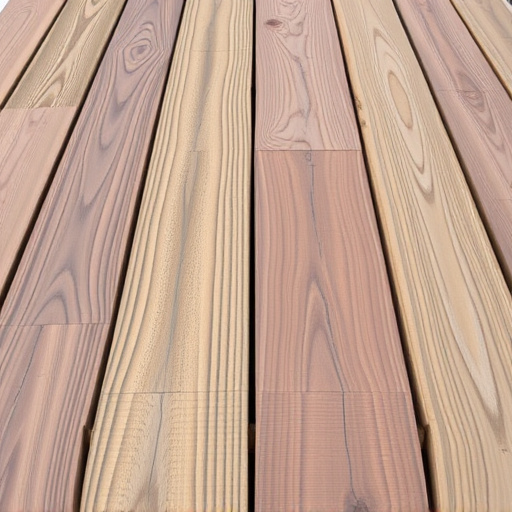
Managing water on multi-level decks in wet regions requires strategic drainage systems, including sl…….
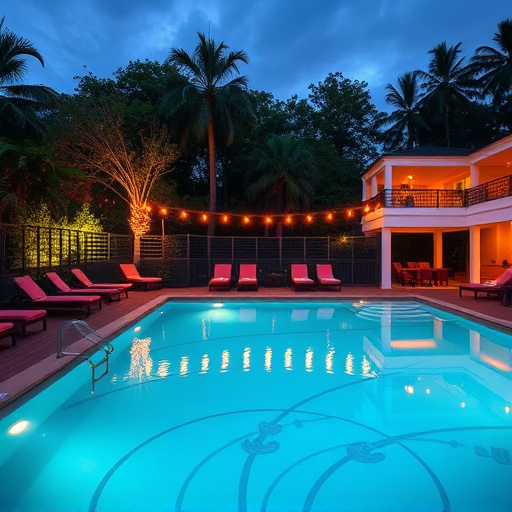
A multi-level deck design prioritizes seamless flow and strategic placement of seating zones, dining…….
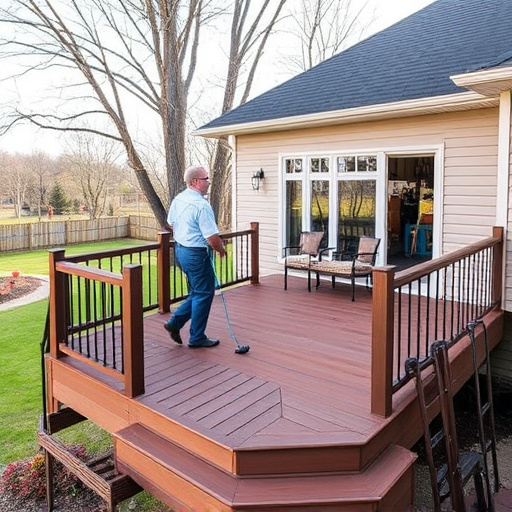
Transforming a multi level deck into an interconnected, vertically integrated outdoor space enhances…….
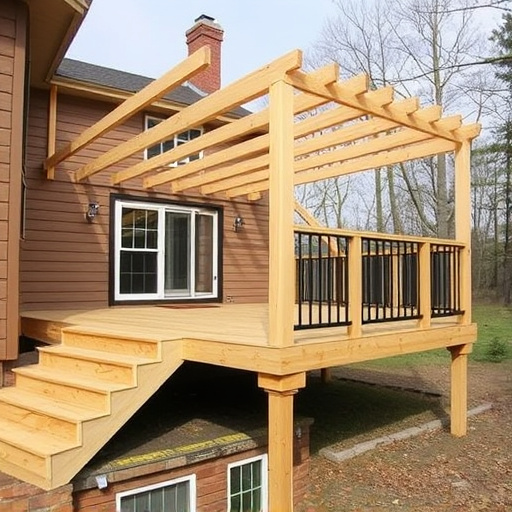
Before designing a multi-level deck, measure space, consider functionality (social or tranquil), pla…….
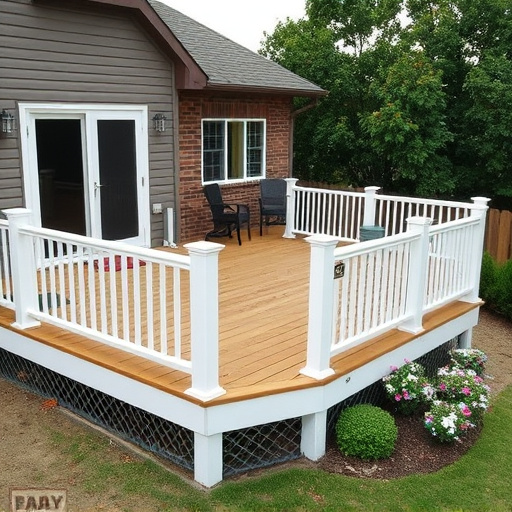
Designing multi-level decks for sloped yards involves strategic planning to maximize space and stabi…….
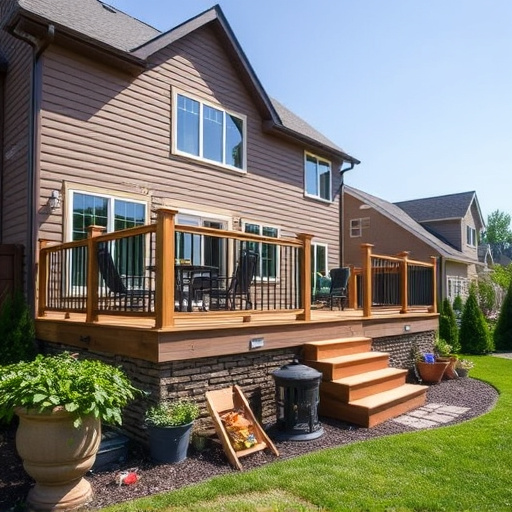
Regularly inspect a multi level deck to prevent and address damage from weather, foot traffic, and w…….
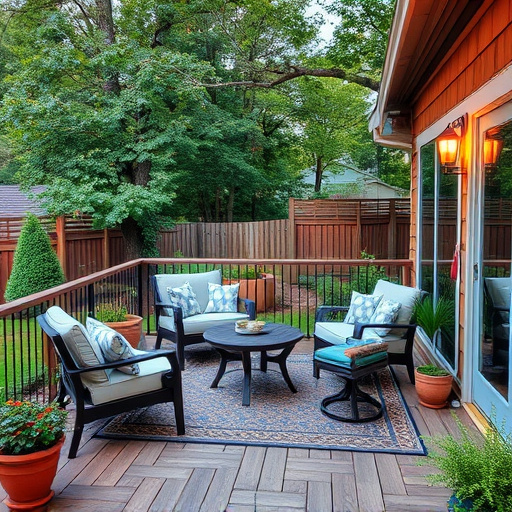
Designing multi-level decks in harsh weather requires using durable composite materials, incorporati…….
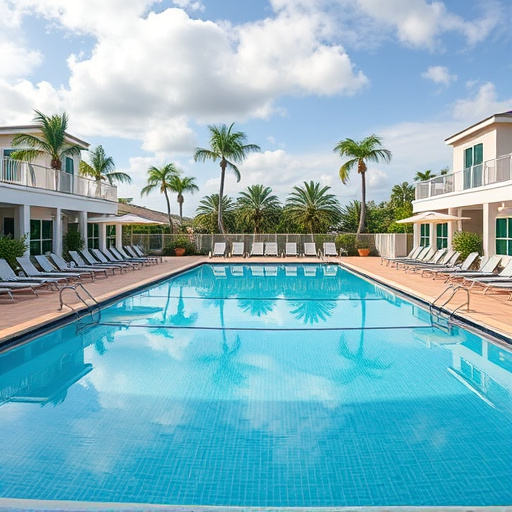
Designing a multi level deck? Balance function and aesthetics with strategic planning: integrate ind…….